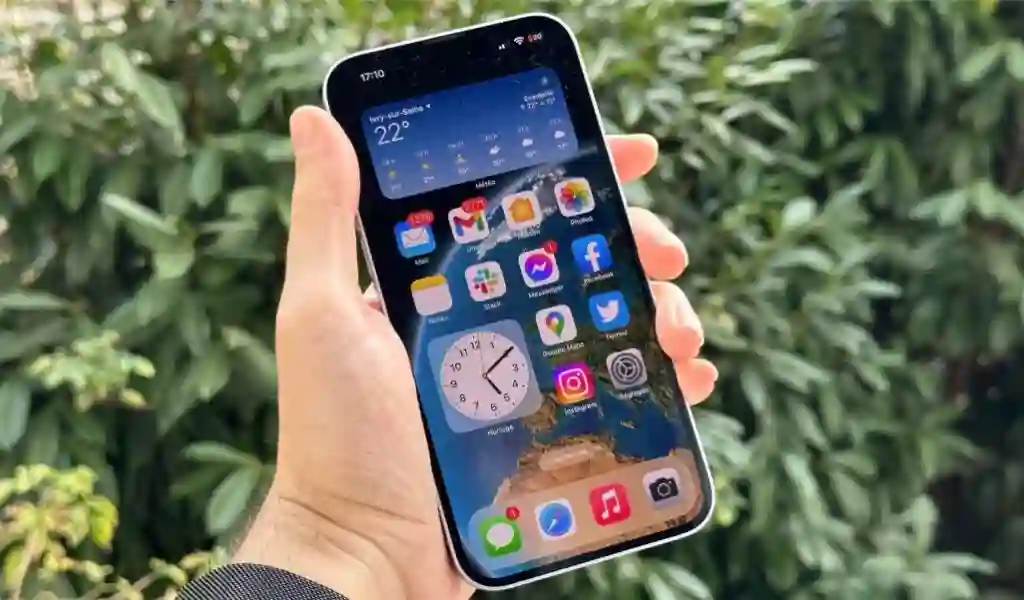What Makes xSignal a Great Communication Tool?

Unlike other messaging apps, Signal uses end-to-end encryption. This means that your messages can’t be read by anyone but you and the person you’re communicating with.
Select the Source and Destination components in the workspace. If necessary, adjust the nets associated with these components in the Source Component Nets region. Then run the Create xSignals Between Components command.
It’s Secure
A signal is a user-defined path between two pads. This can be as simple as selecting the source and destination pads, or it can be more complex, such as using the xSignals Multi-Chip Wizard. This Wizard uses a component-oriented approach to identify potential xSignals and then analyzes all the possible paths from the source to the designate components, including any branches through series passive components. The resulting xSignals are then used to scope Matched Length design rules, eliminating the need to manually identify and set up individual length inconsistencies for each circuit.
If you are serious about your privacy, it’s hard to beat Signal, an open-source project and free app that specializes in providing text, video, audio, and picture messaging, with full end-to-end encryption. Unlike its competitors, such as Telegram and WhatsApp, which allow for real-time communication, Signal doesn’t store your messages or call history. The Guardian, The New York Times, and many other publications recommend it for their security features, which include app-specific locks, blank notification pop-ups, face-blurring antisurveillance tools, and disappearing messages.
It’s Fast
With the asynchronous communication tool Signal, users can send encrypted messages to anyone. The technology uses the same encryption protocol used by WhatsApp, Open Whisper Systems, and other messaging apps to protect users’ privacy.
When communicating with remote teams, the choice of a synchronous or asynchronous communication tool should be made according to the team’s needs. Synchronous tools offer several advantages, such as being able to communicate in real time, but they can also be more difficult to use due to technical difficulties.
To create an xsignal opportunity based on selected pads, select the required start pad and end pad in the PCB panel and run the Design >> xSignals sub-menu from the main menus or right-click on the xSignals mode of the PCB panel. The Create xSignal From Connected Nets dialog will open; select the class in the Net Class drop-down or type in a name to create a new class. The software will then identify all potential xSignals, and these will be listed in the xSignals mode of the panel (by default, all are enabled for creation). The resulting xSignal path will follow the net’s topology as defined by its applicable routing design rule – the default topology is Shortest.
It’s Easy
One of the most important features in xSignal is that it is easy to use. The software is highly intuitive, so users can easily figure out how to create a new signal and configure its properties. You can also quickly modify existing signals by selecting them and clicking on the corresponding buttons on the toolbar.
If you select two or more pads, the xSignal wizard immediately creates a single xSignal that runs between them. The resulting xSignal is displayed in the xSignals mode of the PCB panel and will be named as a combination of the net names of the selected pads.
Another way to create a xSignal is to select a series termination component, such as a multi-instance pack-style resistor, and choose the xSignals >> Create xSignals from Connected Components command from the main menus or right-click on the component. This command builds xSignals from the selected component and the nets it connects to, following the Net Topology design rule (the default is Shortest). It also resolves overlapping track segments and routing wiggles inside pads, and takes vertical distances through vias into account.
It’s Free
If you’re looking for an encrypted messaging app that is easy to use, offers great speed and has top-of-the-line privacy features, then look no further than Signal. This tool uses state-of-the-art end-to-end encryption, which means that if law enforcement or your mobile carrier intercepts your messages, they’ll be scrambled and unreadable.
When working with a high-speed signal, it can be difficult to correctly treat this path as a single, continuous net in the PCB editor – a series termination resistor turns a single address line into two discrete nets. This can make it challenging to specify key design rules such as Length and Matched Length.
The xSignal Wizard makes this task much easier. By selecting a single source component, the nets it contains and the designation components to which they connect, the Wizard analyzes all potential xSignal paths between the two components, including through any series passive circuits. The result is a set of xSignals that can be defined as classes and scoped with Matched Length design rules.







